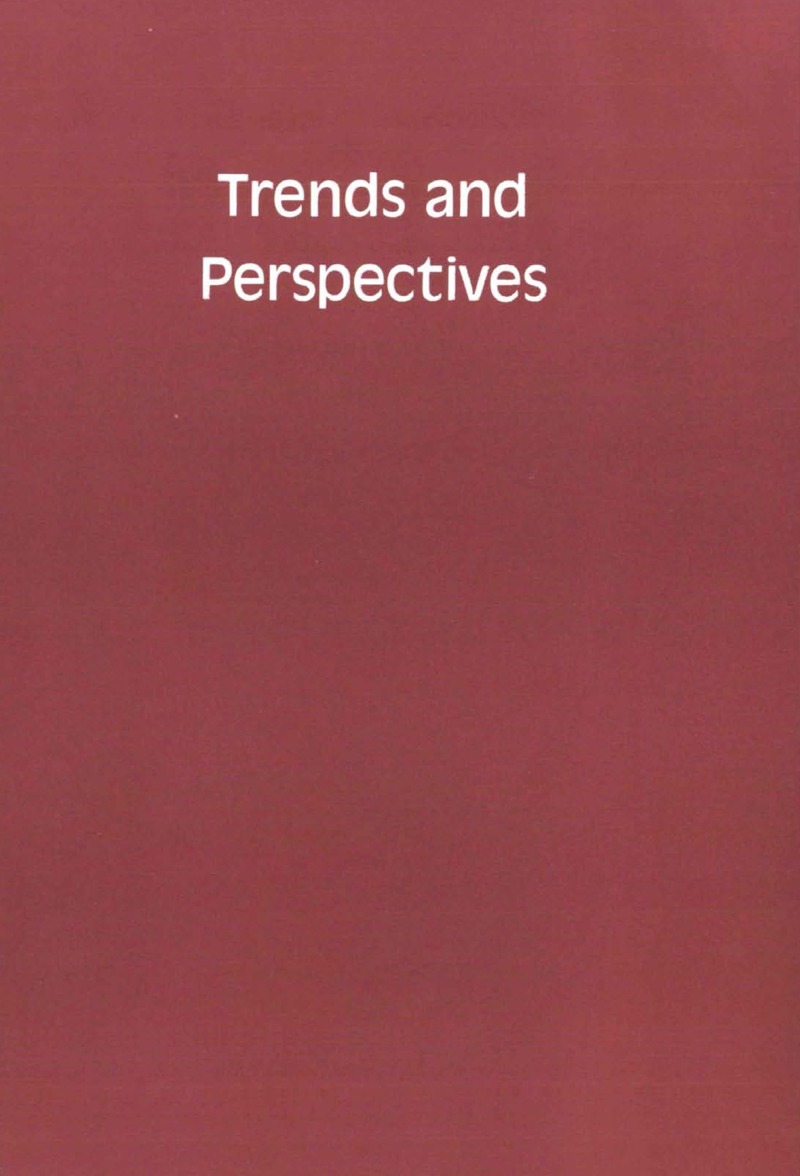Crossref Citations
This article has been cited by the following publications. This list is generated based on data provided by Crossref.
Lackie, Ann M.
1981.
Immune recognition in insects.
Developmental & Comparative Immunology,
Vol. 5,
Issue. 2,
p.
191.
Nappi, A. J.
1981.
Cellular immune response of Drosophila melanogaster against Asobara tabida.
Parasitology,
Vol. 83,
Issue. 2,
p.
319.
Dunphy, Gary B.
and
Nolan, Richard A.
1981.
A study of the surface proteins of Entomophthora egressa protoplasts and of larval spruce budworm hemocytes.
Journal of Invertebrate Pathology,
Vol. 38,
Issue. 3,
p.
352.
Lackie, Ann M.
1981.
The specificity of the serum agglutinins of Periplaneta americana and Schistocerca gregaria and its relationship to the insects' immune response.
Journal of Insect Physiology,
Vol. 27,
Issue. 2,
p.
139.
Ratcliffe, Norman A.
White, Keith N.
Rowley, Andrew F.
and
Walters, Julia B.
1982.
Phylogeny and Ontogeny.
p.
167.
Anderson, R. M.
1982.
Theoretical basis for the use of pathogens as biological control agents of pest species.
Parasitology,
Vol. 84,
Issue. 4,
p.
3.
Vasta, Gerardo R.
Sullivan, John T.
Cheng, Thomas C.
Marchalonis, John J.
and
Warr, Gregory W.
1982.
A cell membrane-associated lectin of the oyster hemocyte.
Journal of Invertebrate Pathology,
Vol. 40,
Issue. 3,
p.
367.
Anderson, R. M.
Mercer, J. G.
Wilson, R. A.
and
Carter, N. P.
1982.
Transmission ofSchistosoma mansonifrom man to snail: experimental studies of miracidial survival and infectivity in relation to larval age, water temperature, host size and host age.
Parasitology,
Vol. 85,
Issue. 2,
p.
339.
Lackie, Ann M.
1983.
Immunological recognition of cuticular transplants in insects.
Developmental & Comparative Immunology,
Vol. 7,
Issue. 1,
p.
41.
Cenini, Pietro
1983.
Comparative studies on haemagglutinins and haemolysins in an annelid and a primitive crustacean.
Developmental & Comparative Immunology,
Vol. 7,
Issue. 4,
p.
637.
Yoshino, Timothy P.
and
Granath, Willard O.
1983.
Identification of antigenically distinct hemocyte subpopulations in Biomphalaria glabrata (Gastropoda) using monoclonal antibodies to surface membrane markers.
Cell and Tissue Research,
Vol. 232,
Issue. 3,
p.
553.
YOSHINO, T.P.
and
BAYNE, C.J.
1983.
Mimicry of snail host antigens by miracidia and primary sporocysts of Schistosoma mansoni.
Parasite Immunology,
Vol. 5,
Issue. 3,
p.
317.
Yoshino, Timothy P.
and
Davis, Cheryl D.
1983.
Surface antigens of Biomphalaria glabrata (Gastropoda) hemocytes: Evidence for linkage-independence of some hemoiymph-like surface antigens and Con a receptor-bearing macromolecules.
Journal of Invertebrate Pathology,
Vol. 42,
Issue. 1,
p.
8.
Yoshino, Timothy P.
1983.
Surface antigens of Biomphalaria glabrata (Gastropoda) hemocytes: Occurrence of membrane-associated hemolymph-like factors antigenically related to snail hemoglobin.
Journal of Invertebrate Pathology,
Vol. 41,
Issue. 3,
p.
310.
Ingram, G. A.
East, Janet
and
Molyneux, D. H.
1984.
Naturally occurring agglutinins against trypanosomatid flagellates in the haemolymph of insects.
Parasitology,
Vol. 89,
Issue. 3,
p.
435.
Vermeulen, N.M.J
Neitz, A.W.H
Potgieter, D.J.J
and
Bezuidenhout, J.D
1984.
Anti-protease from Amblyomma hebraeum.
Insect Biochemistry,
Vol. 14,
Issue. 6,
p.
705.
Kennedy, C. R.
1984.
Producers and Scroungers.
p.
34.
Nappi, Anthony J.
and
Silvers, Michael
1984.
Cell Surface Changes Associated with Cellular Immune Reactions in
Drosophila
.
Science,
Vol. 225,
Issue. 4667,
p.
1166.
Ennesser, C.A.
and
Nappi, A.J.
1984.
Ultrastructural study of the encapsulation response of the American cockroach, Periplaneta americana.
Journal of Ultrastructure Research,
Vol. 87,
Issue. 1,
p.
31.
Anderson, R. M.
and
Crombie, Jenny
1984.
Experimental studies of age-prevalence curves forSchistosoma mansoniinfections in populations ofBiomphalaria glabrata.
Parasitology,
Vol. 89,
Issue. 1,
p.
79.



